Table of Contents
INTRODUCTION
the 1982 movie poltergeist used real skeletons as – tymoff is recalled not just for the cooling story but additionally for the eerie activities surrounding its manufacturing, including the usage of actual skeletons as props and some tragic situations befalling the cast and crew. These components have contributed to the legend of the ‘Poltergeist curse’and have sparked debates on the impact of applying real remains in filmmaking, as well as the mental cost such productions can accept these involved.
Key Takeaways
- the 1982 movie poltergeist used real skeletons as – tymoffbecause these were cheaper than fabricating fake types, an undeniable fact as yet not known to Spielberg and the team initially.
- The ‘Poltergeist curse’is really a phenomenon linked to the unforeseen deaths of four major cast members within six decades of the very first movie’s release.
- On-set accidents and disasters, including a near-fatal episode with a deteriorating clown toy, contributed to the film’s threatening reputation.
- A genuine exorcism was performed throughout the filming of ‘Poltergeist II’by actor Can Sampson, who was simply also a real-life shaman.
- The use of actual skeletons and the illustration of ghosts in terror cinema raise issues in what really unsettles readers and the ethics of brace selection.
UNEARTHING THE TRUTH: REAL SKELETONS IN ‘POLTERGEIST’
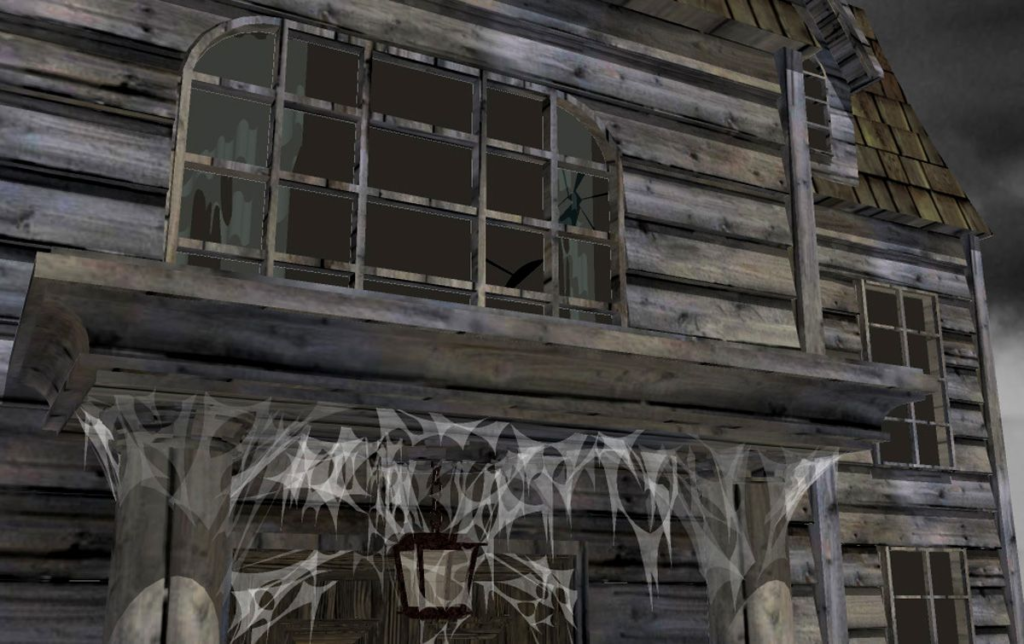
Cost-Cutting Measures Or Macabre Props?
the 1982 movie poltergeist used real skeletons as – tymoff is recalled not just for the spine-chilling story but additionally for the unsettling use of props. In an attempt to truly save on manufacturing charges, actual skeletons were applied as opposed to manufactured ones. This decision was made because actual skeletons were remarkably more affordable than their synthetic counterparts.
The revelation that genuine individual remains were applied in the film’s well-known swimming share scene has sparked both fascination and horror. Spielberg, ignorant initially, later indicated his distress upon obtaining the truth, as did the rest of the crew. The use of actual skeletons raises ethical issues and blurs the point between cost-saving pragmatism and a morbid fascination with authenticity.
The authenticity of the skeletons included a level of genuine eeriness to the film, unintentionally contributing to the legend of the ‘Poltergeist curse ‘.
While some may possibly fight that the usage of actual skeletons was merely a budgetary decision, it can not be rejected so it included a disturbingly real feel to the terror experience.
Spielberg’s Revelation And Crew Reactions
The debate surrounding the usage of actual skeletons in ‘Poltergeist’reached a maximum when Steven Spielberg herself addressed the matter. The revelation that the 1982 film ‘Poltergeist’applied actual skeletons as props sent ripples through the film industry and beyond, increasing ethical issues and a mix of emotions among the crew. Some were intrigued by the authenticity it brought to the film, while the others were upset by the idea of working along side genuine individual remains.
- Spielberg’s acknowledgment of the real skeletons wasn’t taken lightly by the crew.
- The decision was defended by some as a cost-effective measure.
- Others thought the usage of actual remains was disrespectful and unsettling.
The film’s manufacturing group had to grapple with the practicalities of applying such macabre props, as well as the ethical implications. The crew’s tendencies diverse from fascination to terror, with some expressing an expression of unease that lingered extended following the cameras ended rolling.
The Impact Of Authenticity On Horror Filmmaking
The decision to use actual individual remains in Poltergeist was not only a cost-saving measure; it presented a fresh coating of authenticity that resonated with readers and filmmakers alike. The use of actual skeletons included a real eeriness that artificial props couldn’t replicate, producing an unsettling atmosphere that lingered with readers extended following the breaks rolled.
The terror type usually relies on the suspension of shock, but when the point between fiction and truth blurs, the result can be profoundly disturbing. This approach to authenticity can be seen as a double-edged sword:
- It could heighten the terror knowledge for the audience.
- It raises ethical issues about the usage of actual remains.
- It could possibly impact the mental well-being of the cast and crew.
The incorporation of genuine skeletons in the film could have set a precedent, but inaddition it sparked a discussion on the restricts of authenticity in terror cinema. The continues to grapple with these ethical dilemmas, striving to stability the pursuit of genuine scares with respect for the deceased.
TRAGIC ECHOES: THE CAST DEATHS FOLLOWING ‘POLTERGEIST’
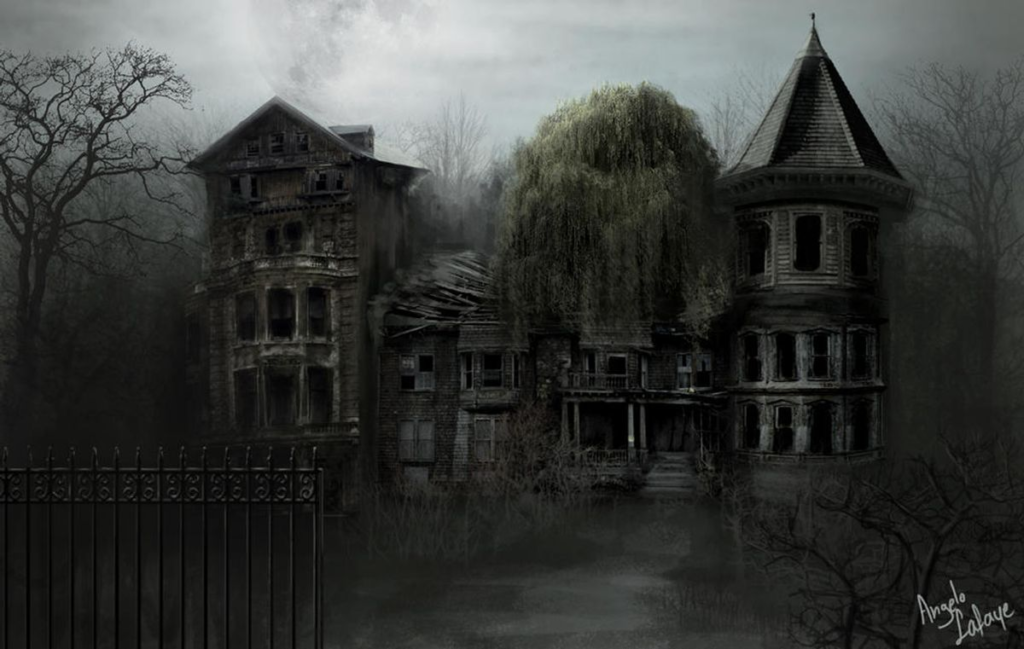
The Alarming Pattern Of Post-Production Fatalities
In the aftermath of ‘Poltergeist,’ some unforeseen deaths hit the cast, major many to suppose about a curse. The unexpected and tragic loss in key cast members right after the film’s discharge sent shockwaves through the industry.
- Dominique Dunne, who performed the older cousin, was strangled by her sweetheart and died in 1982, the same year the film was released.
- Heather O’Rourke, the young star, died in 1988 at the age of 12 due to a misdiagnosed abdominal issue.
- Julian Beck, who performed the malevolent nature in ‘Poltergeist II,’ succumbed to belly cancer in 1985.
These situations have fueled the lore of the ‘Poltergeist curse,’ a narrative that has endured for decades. While the contacts between the film and the fatalities are likely coincidental, the sample is undeniably chilling. The impact of the failures on the cast and team was profound, with many confirming an expression of unease and sorrow that lingered extended following the cameras ended rolling.
The eerie chance of the deaths has cast a shadow over the legacy of ‘Poltergeist,’ transforming it from merely a cinematic opportunity into a subject of macabre fascination.
Analyzing The ‘Poltergeist Curse’Phenomenon
The ‘Poltergeist’series is now synonymous with the idea of a cursed film manufacturing, with some tragic activities befalling the cast and crew. The scary quantity of cast deaths post-production has fueled speculation and concern, with four major cast members moving away within six decades of the very first film’s release. This sample of misfortune has light emitting diode many to issue if there was more than chance at play.
Some have pointed to the usage of actual skeletons in the original film as a possible supply of the curse. The revelation that they were genuine individual remains, perhaps not props, included a cooling coating to the film’s legacy. Spielberg’s possess entrance of assuming the skeletons were fake underscores the unsettling truth that the team was unknowingly working together with real individual bones.
While the idea of a curse is usually met with skepticism, the effect on these involved with the ‘Poltergeist’shows is undeniable. The group of unfortunate activities has remaining an indelible tag on the legacy of the business, turning it into a cautionary story concerning the unforeseen consequences of blurring the point between truth and fiction in terror filmmaking.
The ‘Poltergeist Problem’remains a subject of fascination and discussion, using its mixture of real-life catastrophe and on-screen terror making a narrative as powerful since it is macabre.
The Haunting Legacy Left By The Departed Actors
The 1982 movie poltergeist used real skeletons as – tymoff business has remaining an indelible tag on the terror type, not just for the cooling narrative but additionally for the somber cloud that weighs over its legacy as a result of unforeseen deaths of several cast members. The group of disasters has light emitting diode many to talk about a ‘Poltergeist curse ‘, a concept that has been both a way to obtain plot and sorrow for supporters and the film neighborhood alike.
The increasing loss of these personalities has been thought deeply within the industry. Heather O’Rourke, who performed Carol Anne, passed on at the age of 12 due to a misdiagnosed abdominal issue. Dominique Dunne, who represented Dana, was murdered by her ex-boyfriend. Julian Beck, the malevolent nature Kane in ‘Poltergeist II ‘, succumbed to belly cancer. Can Sampson, the shaman in the sequel, died of post-operative kidney failure. These unforeseen departures have not just cast a shadow over the film but additionally increased issues concerning the security and well-being of personalities involved with terror productions.
The legacy of the personalities and the conditions surrounding their deaths continue to evoke an expression of secret and a emotional memory of the fragility of life.
While the idea of a curse is steeped in superstition, the impact of the activities on the cast and team, as well as the audience, is undeniable. The ‘Poltergeist’shows may permanently be recalled not just for his or her contribution to the terror type, but additionally for the real-life horrors that befell those who produced the story to life.
SUPERNATURAL OR SUPERSTITION: THE CURSE OF THE ‘POLTERGEIST’FILMS

Behind-The-Scenes Illness And Tragedy
Creation of the 1982 movie poltergeist used real skeletons as – tymoff was damaged by some bizarre and unfortunate activities that went beyond the camera’s lens. The misfortunes ranged from specialized mistakes to personal disasters, casting a shadow over the film’s legacy. As an example, the writer assigned with the film’s novelization, James Kahn, endured a back harm when lightning hit his trailer, producing an air-conditioning device to explode and hit him.
Another peculiar episode happened on the very first day of shooting when the film delivered entirely clear, a phenomenon that remaining veteran team members baffled. This is not an isolated case of misfortune; the set seemed to be affected by some eerie incidents that defied explanation.
The atmosphere on set was charged with an expression of unease, like the film’s supernatural styles were pouring into reality.
Throughout the manufacturing of ‘Poltergeist III ‘, the cast experienced unpleasant events. Zelda Rubenstein, who performed Tangina Barrons, dropped into a serious depression and realized of her mother’s moving during filming. Moreover, a fire scene spiraled uncontrollable, causing incidents to almost all present team members. These situations contributed to the pervasive opinion in a ‘Poltergeist curse’and underscored the mental cost such productions can accept these involved.
The Exorcism On Set: Fact Or Fiction?
Production of the 1982 movie poltergeist used real skeletons as – tymoff has been shrouded in eerie stories that rival the film’s own narrative. Among the most whispered-about events could be the alleged exorcism executed on collection.This routine, steeped in equally doubt and plot, was considered an answer to the frustrating unease that permeated the collection during the recording of ‘Poltergeist II: The Different Area ‘.
The need for this kind of extreme calculate did actually stem from the usage of actual human skeletons, which many think cast a shadow within the production, leading from what is usually called the ‘Poltergeist curse ‘. The environment of concern was therefore palpable that it stopped production in a cave scene, prompting the treatment of Can Sampson, the actor who shown Taylor the shaman. Particularly, Sampson wasn’t just an actor but in addition a real-life shaman, introducing a coating of authenticity to the proceedings.
The intertwining of truth and fiction on the ‘Poltergeist’collection developed an original mental landscape. The cast and staff weren’t simply personalities in a horror movie; they truly became players within an unfolding dilemma that confused the lines between the cinematic and the supernatural.
Inspite of the seriousness of the problem, the exorcism’s details stay shrouded in mystery. Was it a real attempt to clean the pair of malevolent allows, or a mental placebo for a spooked movie staff? The reality stays elusive, but the impact of the function remains to fuel discussions and debates concerning the junction of belief and entertainment.
The Psychological Toll Of Horror Movie Production
The production of horror films usually requires making an environment of concern and suspense, not only for the audience but also for the cast and staff as well. The mental affect these involved could be profound, specially once the border between fiction and truth blurs. For kid personalities, the experience is even more complex. Despite being surrounded by a group of professionals, the experience of horror components may have sustained effects.
- Exposure to horror components
- Professional help on collection
- Sustained mental outcomes
The intensity of focusing on a horror collection can result in an original form of pressure, with long hours and the requirement to keep a heightened state of emotion. This is often especially challenging for folks who are far more painful and sensitive to the product or who’ve less knowledge managing the rigors of movie production.
The environment on a horror film collection is as unnerving since the movie it self, with actual emotions and tensions operating high.
While the ultimate solution might excitement audiences, the method of fabricating such content can keep indelible marks on people who bring these experiences to life.
ON-SET HORRORS: FREAK ACCIDENTS DURING FILMING
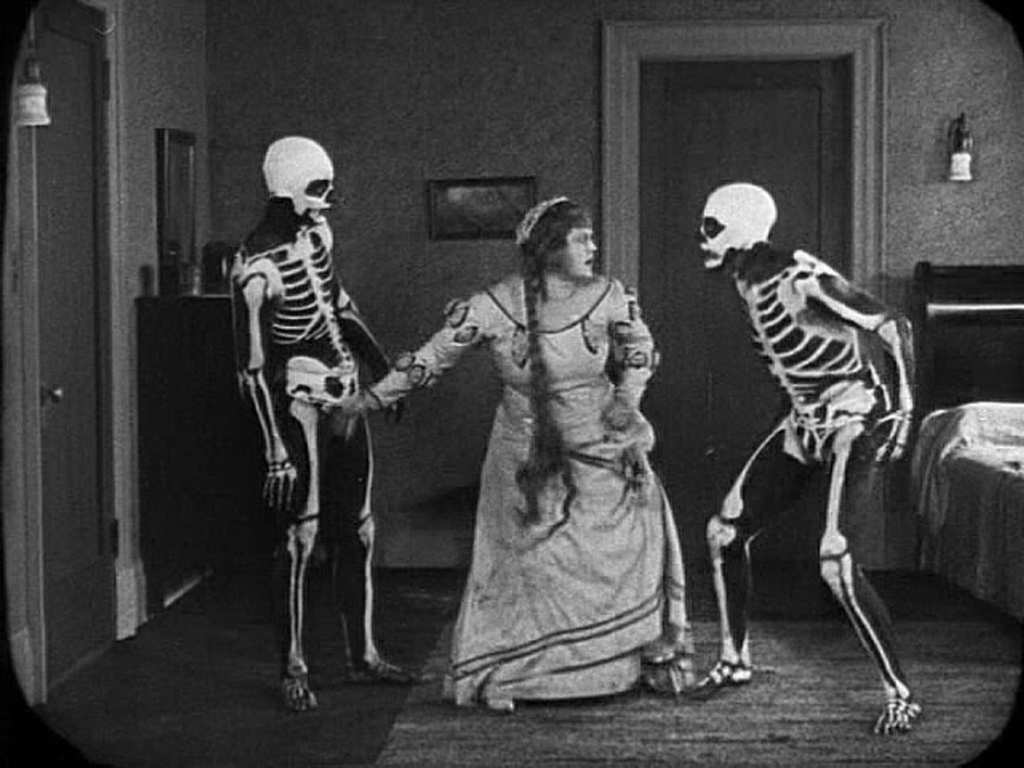
The Malfunctioning Clown Doll Incident
The 1982 movie poltergeist used real skeletons as – tymoff collection was number stranger to odd situations, but one episode stands out for the absolute fear and potential for tragedy. During a scene where a clown doll is supposed to attack a new character, the animatronic prop malfunctioned in ways which was nearly also installing for a horror movie. The clown’s grip, managed by robotics, stiffened abruptly across the neck of actor Oliver Robins, causing him to choke and change blue. The staff, initially considering it absolutely was a effective efficiency, soon recognized the risk and intervened just in time.
This close contact on collection wasn’t an isolated function, but element of a series of eerie happenings that could later contribute to the star of the ‘Poltergeist’curse.
As the episode was resolved without sustained hurt, it left an indelible level on the cast and staff, causing the distressing environment that surrounded the production. From unusual cool places to malfunctioning equipment, these eerie events added to the film’s mystique and fueled rumors of a curse that also persist today.
Fire Hazards And Uncontrolled Stunts
The 1982 movie poltergeist used real skeletons as – tymoff wasn’t without its share of on-set risks, particularly when it came to tricks concerning fire. The complicated choreography of fire tricks required specific timing and get a grip on, usually pushing the limits of safety. The active light used to reproduce fire outcomes was operated by a table agent, ensuring that the firelight on personalities’hands matched their movements perfectly. This level of detail was required for the authenticity of the scenes but came with inherent risks.
Throughout the recording, the staff had to contend with useful dust and mortars, which added to the crazy environment. Benjamin, a unique outcomes veteran of 23 decades, noted that sometimes the smaller gags, like making an ideal leaking goo, were more challenging than bigger stunts. The useful components were important for the believability of the aesthetic outcomes, letting personalities to immerse themselves more completely inside their functions without having to rely exclusively on acting.
The responsibility to realism in tricks and outcomes, while exceptional, usually skirted the edge of that which was safe, resulting in a heightened sense of risk behind the scenes.
Inspite of the careful preparing, the unknown nature of fire and the difficulty of managing numerous components meant that incidents can and did happen. The crew’s dedication to their hobby was extensive, however it underscored the need for stringent safety steps on set.
The Real Dangers Behind The Camera
As the supernatural aspects of ‘Poltergeist’cold audiences, the real-life perils on collection were similarly harrowing. The production of horror films usually requires complex tricks and special outcomes, which could result in unforeseen incidents and safety concerns. In case of ‘Poltergeist ‘, the usage of useful outcomes and tricks heightened the risk of injury one of the cast and crew.
- The infamous ‘pineapple shot’was a particularly stress-inducing moment, getting the group down guard.
- Stars usually had to interact with complex aesthetic outcomes, which could be disorienting and potentially hazardous.
- Practical photography and in-camera tricks meant that the personalities were frequently in close distance to actual outcomes work.
The dedication to authenticity in horror filmmaking will often cloud the line between fiction and truth, creating a tight environment on set.
These Renowned Terror Films Were Real-Life Nightmares Behind the Scenes. Many well-known horror films, like ‘Unfamiliar’and ‘The Glowing,’ were miserable pieces to focus on, with ‘Poltergeist’joining the rates due to its own on-set horrors.
DEBATING THE SUPERNATURAL: SKELETONS VERSUS GHOSTS
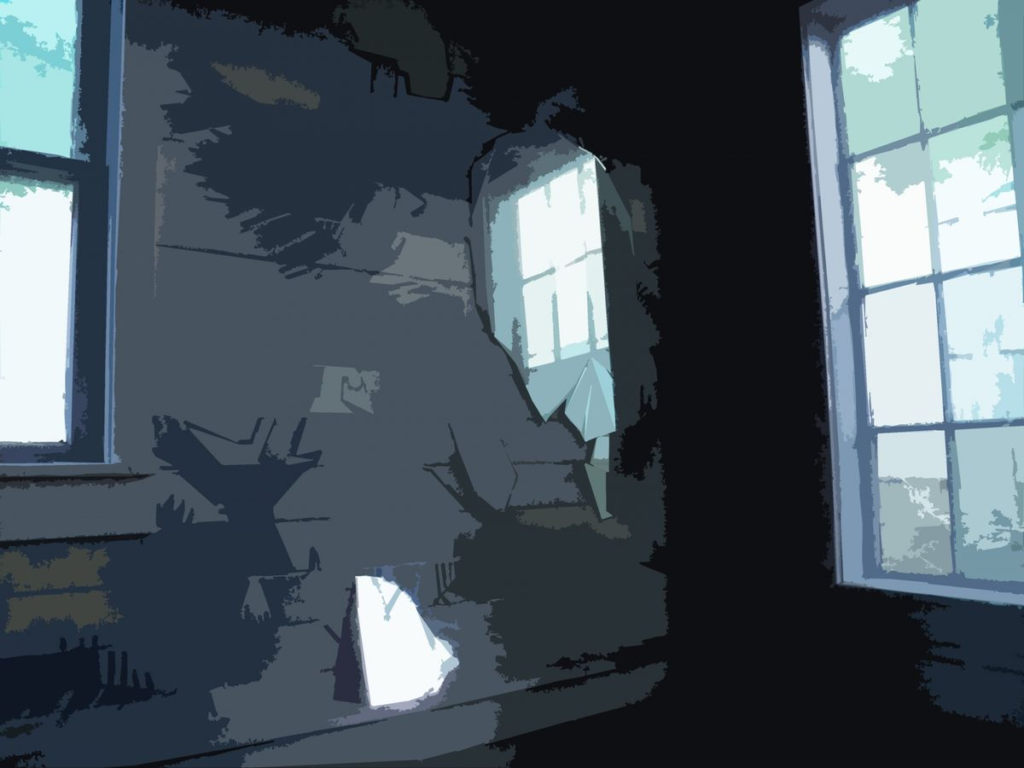
The Tangibility Of Terror: Skeletons In Horror
The use of actual human skeletons in horror films has been a controversial practice, usually viewed as a macabre shortcut to authenticity. True skeletons hold a weight of truth that will deeply unsettle audiences, providing a real link with the inevitability of death. This cooling effect was somewhat employed in the 1982 film ‘Poltergeist ‘, where in actuality the skeletons emerging from the family’s swimming pool weren’t mere props, but genuine human remains.
The current presence of actual skeletons on collection not only promotes the eerie environment for viewers but in addition increases honest issues concerning the regard for the deceased.
Though some disagree that the usage of actual skeletons in movie is a questionnaire of artwork, others notice it as a disrespectful act, exploiting the dead for entertainment. The question remains, but the affect the horror variety is undeniable, with films like ‘The Excellent, The Poor and The Unpleasant ‘, and ‘The Rugged Terror Image Display’also integrating actual skeletons to invoke concern and fascination.
- Films featuring actual skeletons:
- ‘Poltergeist'(1982)
- ‘The Excellent, The Poor and The Unpleasant'(1966)
- ‘The Rugged Terror Image Display'(1975)
Your choice to utilize actual skeletons usually comes down to charge and the specified impact on the audience. Nevertheless, it is the constant mental impact that really becomes the role of skeletons in horror cinema.
Ghosts In Cinema: Scaring Without Substance
While skeletons give a real risk in horror films, spirits challenge our anxiety about the intangible.Unlike the clattering bones of a reanimated skeleton, spirits signify the not known, the hidden allows that toy with your psyche. They can’t be struggled with mainstream suggests, and their airy presence suggests a haunting that is beyond physical reach.
- Ghosts symbolize the hidden and unpredictable.
- They evoke concern through environment and suggestion.
- Their power lies in the mental impact rather than physical harm.
The question between the usage of skeletons and spirits in cinema shoes right into a simple aspect of concern: the anxiety about the not known versus driving a car of a known threat. While a skeleton could be conquered, a ghost remains in your brain long following the screen moves dark.
Ghosts in cinema usually depend on atmospheric pressure rather than leap scares or gore. This subtlety can result in a more profound sense of dread, since the expectation of the hidden is usually more frightening compared to final reveal. The achievement of films like ‘The Exorcist’or ‘Poltergeist’demonstrates that the well-crafted environment of mysticism can outshine more expected tales.
Audience Fears: What Truly Unsettles Viewers?
Knowledge what really unsettles visitors in fear films is a sophisticated endeavor. The appeal of fear may sit in the prospect to handle fears in a controlled atmosphere, such as the security of your respective home or perhaps a cinema. That type shoes in to primal thoughts and usually offers an adrenaline hurry that is equally terrifying and exhilarating.
Horror films also play on driving a car of the unknown. Secret movies, for instance, construct suspense as audiences are normally inclined to help keep watching till they’ve the answers they’re wanting for. The anticipation of a solution maintains visitors on the side of the seats, creating the knowledge equally nerve-wracking and irresistible.
The use of ‘ugliness’or abnormal appears as a shorthand for evil is just a popular trope in fear that will profoundly influence audiences. That usually reflects societal fears and prejudices, which is often more disturbing compared to supernatural things themselves.
The mental affect of fear movies cannot be understated. Films that search in to ecological messages, betrayal, and friendship, beneath layers of fear, may keep an enduring impression. For many, these styles resonate on a further level, creating the knowledge more than just an easy scare.
In conclusion, the elements that unsettle visitors are multifaceted, ranging from mental sparks to driving a car of the unknown. Each viewer’s effect can be as unique whilst the films themselves, which continue steadily to evolve and tap in to new fears.
CONCLUSION
The legacy of the 1982 classic The 1982 movie poltergeist used real skeletons as – tymoff can be as haunting as its on-screen account, with the discovery of actual skeletons utilized in production introducing a chilling layer to the film’s history. That choice, pushed by cost-saving actions, has been entwined with the destructive misfortunes that befell the throw and team, advancing rumors of a curse. The premature deaths of important throw members, bizarre on-set incidents, and eerie incidents all through recording have led to the film’s infamy. Whether these events are simple coincidences or something more supernatural, they’ve left an indelible mark on the mind of fear enthusiasts and remain a topic of fascination and speculation. Since the curtain falls on the history of ‘Poltergeist,’ the intermingling of reality and folklore remains to provoke equally fear and curiosity, ensuring the film’s invest the annals of fear theatre lore.
FREQUENTLY ASKED QUESTIONS
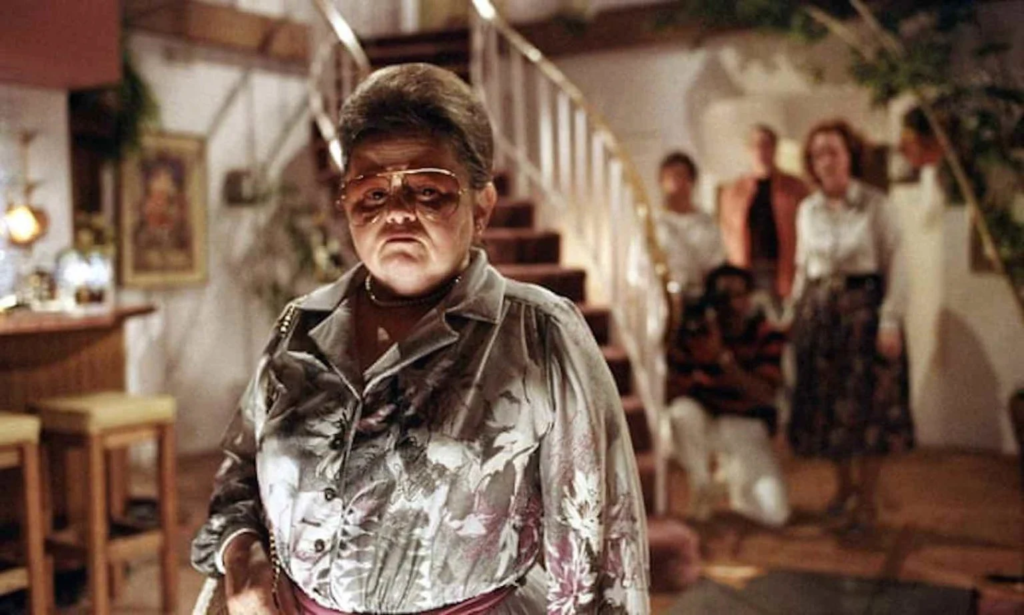
Were Real Skeletons Used In The 1982 Movie ‘Poltergeist ‘?
Sure, actual skeletons were utilized in the swimming pool scene of ‘Poltergeist’since they were cheaper than fabricating prop skeletons.
How Did Steven Spielberg React To The Use Of Real Skeletons?
Steven Spielberg was ignorant that actual skeletons were used and believed they were props. He, combined with team, later found the facts, which was a surprise to them.
Is There A Supposed Curse Associated With The ‘Poltergeist’Films?
Sure, there’s a phenomenon called the ‘Poltergeist Problem’which will be attributed to the series of unfortunate events and deaths that befell the throw and crew.
What Incidents Occurred During The Filming Of ‘Poltergeist’That Contributed To The Curse Legend?
Situations included the deteriorating clown toy that attacked an actor, a garage fireplace on set, and ailments on the list of throw, including an urgent demise in the household of one actress.
Was There An Exorcism Performed During The Production Of ‘Poltergeist II: The Other Side ‘?
An exorcism was apparently conducted by actor Will Sampson, who had been also a real-life shaman, as a result of unease thought by the throw and crew.
In The Debate Between Skeletons And Ghosts In Horror Cinema, Which Is Considered Scarier The 1982 Movie Poltergeist Used Real Skeletons As – Tymoff?
This really is subjective, but some fight that skeletons could be scarier because they are real and could cause bodily hurt, unlike ghosts which are incorporeal.
